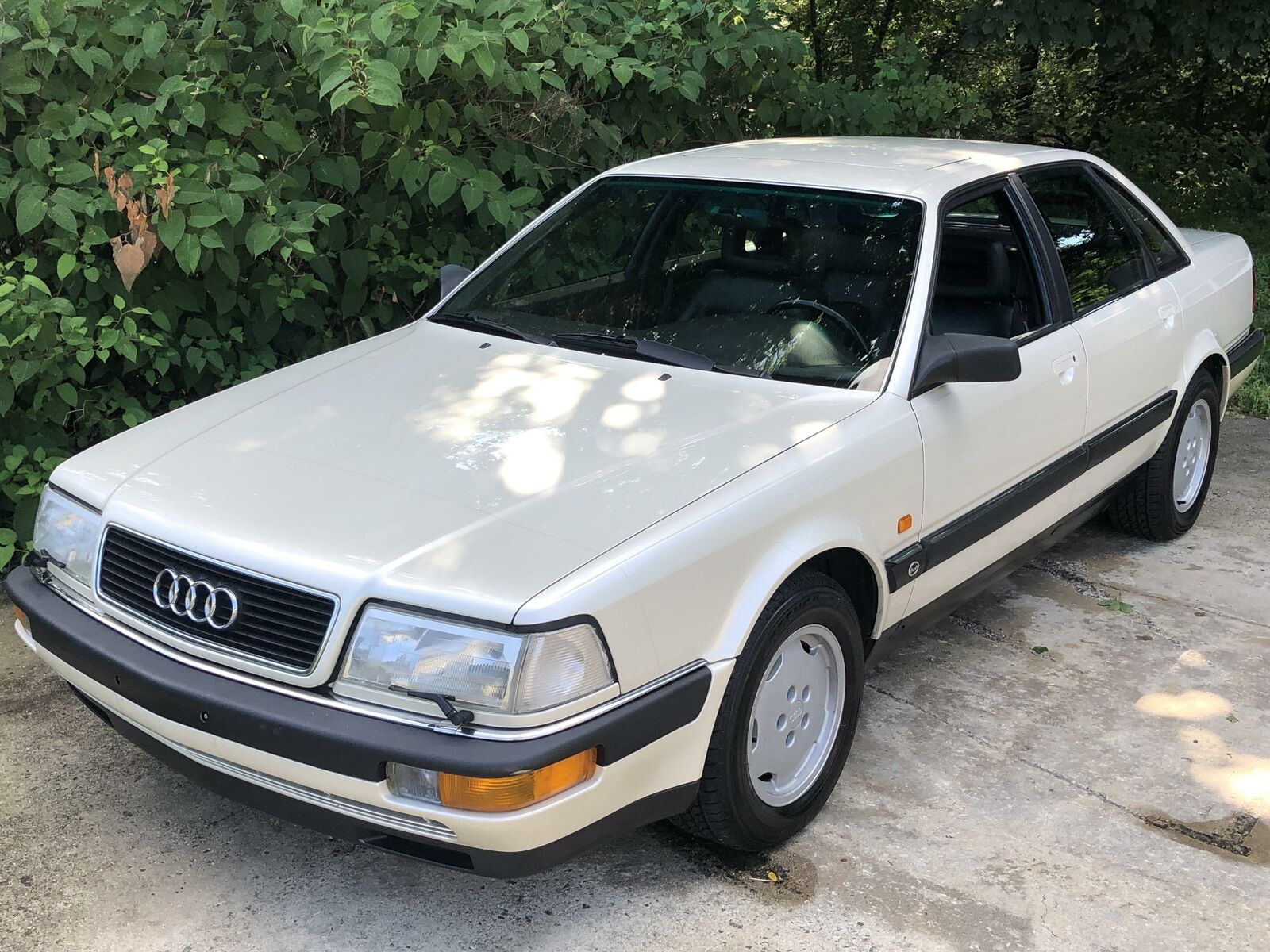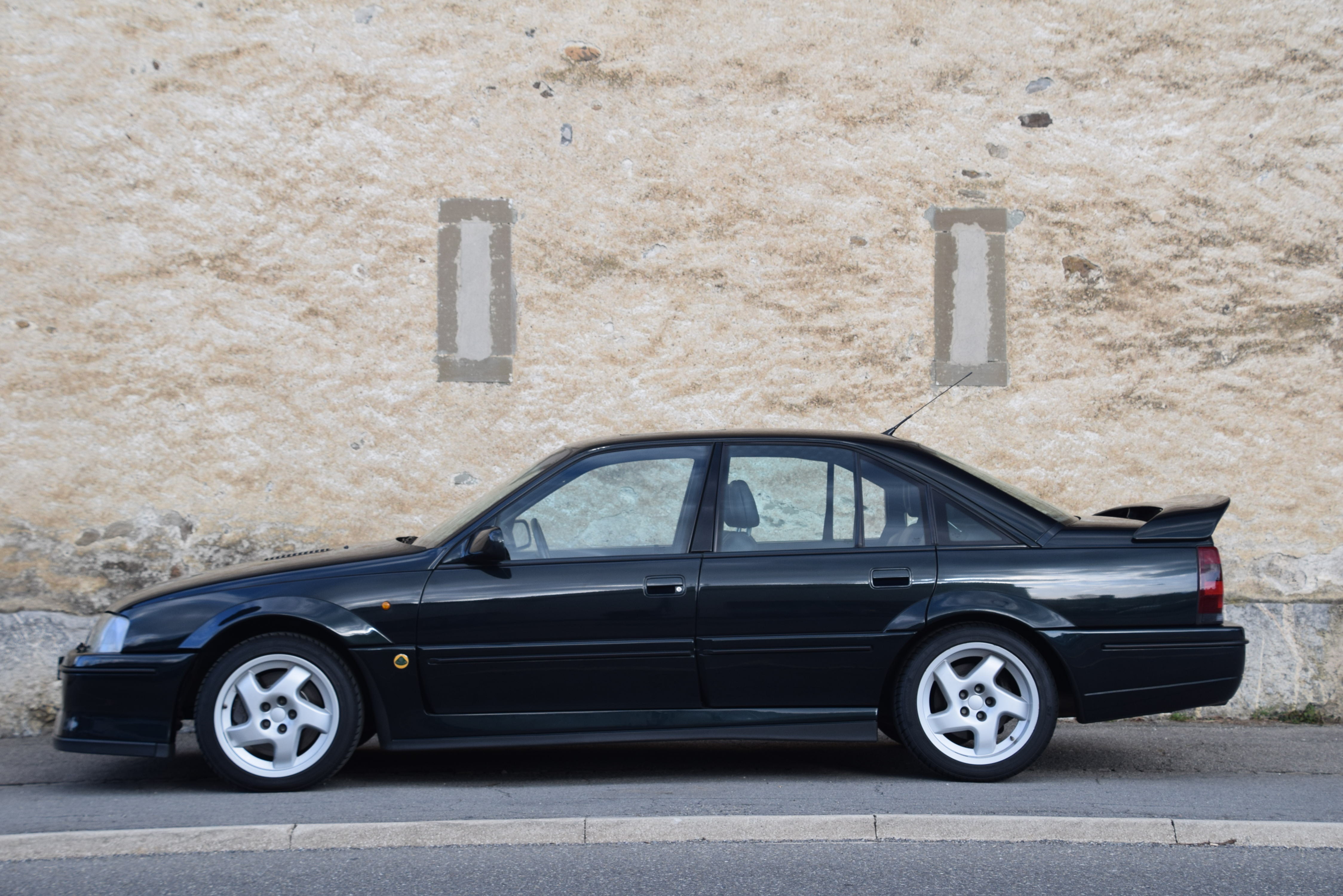If Alfa Romeo built a German car, it would be the V8 quattro.
First, it was hugely complicated. There were computers controlling everything, and in the great manner in which Audi and Volkswagen developed their late 1980s computer technology, it worked great until it didn’t, at which point the car would be thoroughly incapacitated. One day driving my ’93 4.2, during a rain storm the “convenience controller” failed, opening all of the windows AND the sunroof and not allowing me to close them. Needless to say, it was less than convenient. Second, it hemorrhaged fluids. We’re not talking a little bit, either – full on “Oh, I’m sorry, did you want me to keep that $20 a liter worth of hydraulic fluid IN me?” hemorrhaging. Oil, coolant, transmission fluid…you name it, if you could put it in, it would instantly come out. It tried to kill me, too. Not just once, either. See, that fluid loss resulted in a buildup of oil gunk. Where does the oil gunk build up, you ask? On the throttle. This normally isn’t a problem, unless once in a while you opened the throttle. Then, it became a problem, as the throttle wouldn’t close. Again, not a problem so much on a 4000 quattro with all 115 stampeding horses, but in the ’93 V8 quattro, there were 2.5 times that amount – 276 horsepower with even more torque launching my 3,900 pound missile down Route 195. Leaks presented themselves in other odd ways, too – like, for example, when I got a self-imposed flat tire at a winter driving school. Out came the tools to jack the car up, no problem. However, when I went to retrieve the spare, a sad sight awaited me – the trunk had leaked into the spare tire well apparently, resulting in the space saver spare being thoroughly embedded in 10 inches of tire well-shaped ice cube. In story generation alone, the V8 quattro was by far the Professor Emeritus of my car history. Thirdly, no one knew what it was when you went to get a part. Allow me to present a theoretical trip to the parts counter – even at an Audi dealer…
Parts Guy: Hi, what kind of car?
Me: Audi
PG: What model?
Me: V8
PG: No, not what engine, what model.
Me: V8
PG: They made a model named V8?
Me: Yes
PG: (turns to other Parts Guy) You ever hear of an Audi V8?
OPG: He probably means A8.
Me: No, the A8 is the model that replaced the V8.
(both look confused)
PG: Okay, what year?
Me: 1993
PG: Audi made cars in 1993?
Me: Yes. Not many.
PG: Okay, the computer tells me that your car doesn’t exist.
Me: It’s outside. Would you like to see it?
PG: No, maybe I can cross reference the part. What do you need?
Me: The transmission control unit.
PG: ………………
PG: ……….. (turns to other PG and looks confused)
Other PG: Ah, you should probably just go to the dealer.
Fourth, when eventually you convinced someone who supplied parts for your non-existent car that it really was real, inevitably the part would be expensive. Really, really expensive. And, on backorder, or no longer available. It made repairs lengthy and always have at least one comma in the price estimate. That estimate was almost always below what it actually cost to get it running again, and when it did run again, inevitably there would be something still wrong that would need to be fixed on the next trip to the mechanic. And that was 15 years ago!
Yet, more than any car I’ve previously owned, it’s the one I’d want back.









